Scientists led by Linköping University and Cornell University have proposed a new technique to recycle perovskite solar cells made on glass substrates using a water-based solution. The novel approach is described as efficient and stable as the original devices in the study.
“We wanted to work on recycling, because we care about the resources and the environment. At the same time, we do not want to create new problems during recycling. Therefore, we wanted to use green solvents during recycling. Water is certainly a good candidate as a green solvent, and it turns out to work well by playing with some chemistry,” co-corresponding author of the research, Feng Gao, told pv magazine. “The biggest challenge was to recover phase-pure and high-quality perovskite crystals from the water solution. We spent quite some efforts to make that happen.”
The team, demonstrated the process with both MAPbI3 and FAPbI3 perovskite materials. All of the materials needed to make perovskite solar cell devices, including perovskite, spiro-OMeTAD, tin(IV) oxide (SnO2) coated indium tin oxide (ITO) substrates, and gold contacts, could be recycled, according to the team.
It introduced three low-cost additives, sodium acetate (NaOAc), sodium iodide (NaI) and hypophosphorous acid (H3PO2) into the aqueous solution to address “solubility, phase purity and stability challenges.”
There are two thermal steps in the recycling process. Gao explained that the first thermal process softens the encapsulation glue to enable encapsulation glass delamination, and the other dissolves the perovskites in the water solution.
Indeed, the ethylene vinyl acetate (EVA) encapsulant is softened at 150 C for 3 m to facilitate delamination, according to the research, and later on in the process the solution containing the degraded perovskite is heated to 80 C and then cooled to precipitate high-purity perovskite crystals.
Devices made with recycled perovskites achieved an average power conversion efficiency of 21.9, with a champion value of 23.4%. The researchers noted that after the fifth round of recycling, the PCE average was 21.8% and the champion efficiency was 23.5%, which is “comparable with those of the devices fabricated with fresh materials.”
Examining the recycled powder and films, the team found that the X-ray diffraction, photoluminescence spectra, and morphology results aligned “well” with phase-pure perovskites. Stability tests showed that 88.2 of initial PCE was retained after being stored for 504 h in ambient air at 85 C, while 87.7 % was retained after 552 h of light soaking at 50 C in nitrogen.
“After repeated degradation-recycling processes, the recycled devices show similar efficiency and stability compared with the fresh devices,” concluded the researchers, adding that the aqueous solution itself retained its purity after multiple rounds of perovskites recycling.
An additional analysis of costs revealed that the aqueous recycling process could decrease the levelized cost of electricity by 18.8% for utility-scale systems and 20.9% for residential systems, making it a low-cost solution.
The team also found that compared to the landfill scenario resource depletion was reduced by 96.6% and human toxicity was reduced by 68.8%.
“The biggest challenge from the life-cycle assessment and techno-economic perspective was discovering how effectively a full recovery of the cover glass, electrodes, transport layers, and perovskite could reduce both resource depletion and long-term costs,” co-corresponding author Fengqi You told pv magazine. “In particular, the minimal energy required for water-based dissolution, combined with the high purity and reuse of recovered materials, led to significant environmental and economic benefits well beyond our initial expectations.”
The research team included academics from the University of Toledo and Westlake University. Its work is described in detail in “Aqueous-based recycling of perovskite,” published in nature.

This content is protected by copyright and may not be reused. If you want to cooperate with us and would like to reuse some of our content, please contact: editors@pv-magazine.com.
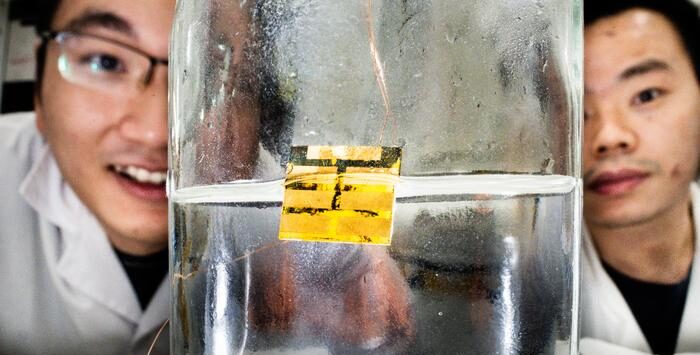
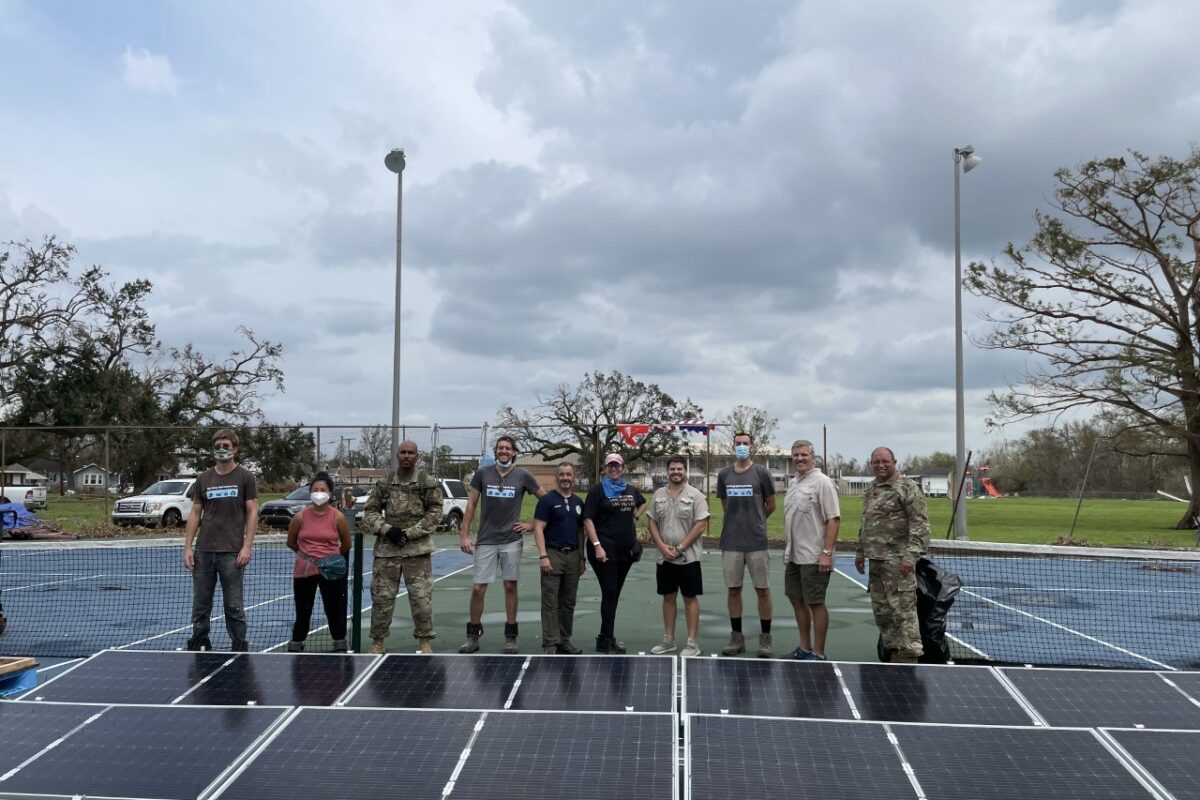


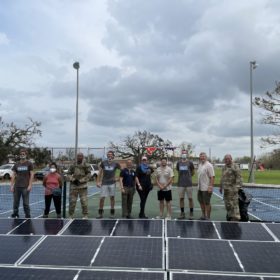
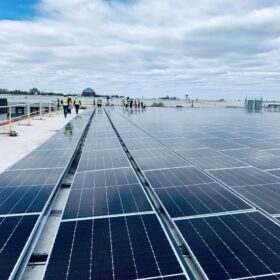
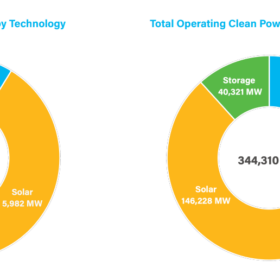
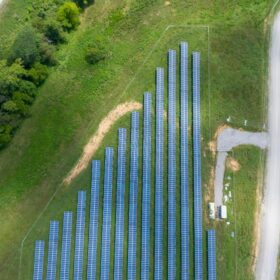
By submitting this form you agree to pv magazine using your data for the purposes of publishing your comment.
Your personal data will only be disclosed or otherwise transmitted to third parties for the purposes of spam filtering or if this is necessary for technical maintenance of the website. Any other transfer to third parties will not take place unless this is justified on the basis of applicable data protection regulations or if pv magazine is legally obliged to do so.
You may revoke this consent at any time with effect for the future, in which case your personal data will be deleted immediately. Otherwise, your data will be deleted if pv magazine has processed your request or the purpose of data storage is fulfilled.
Further information on data privacy can be found in our Data Protection Policy.